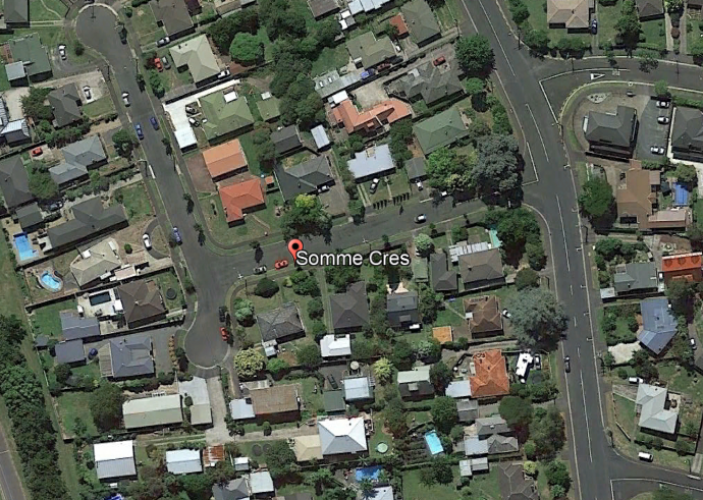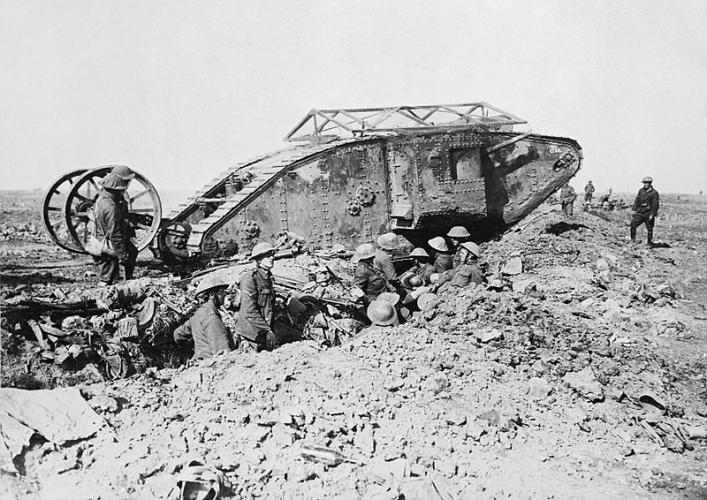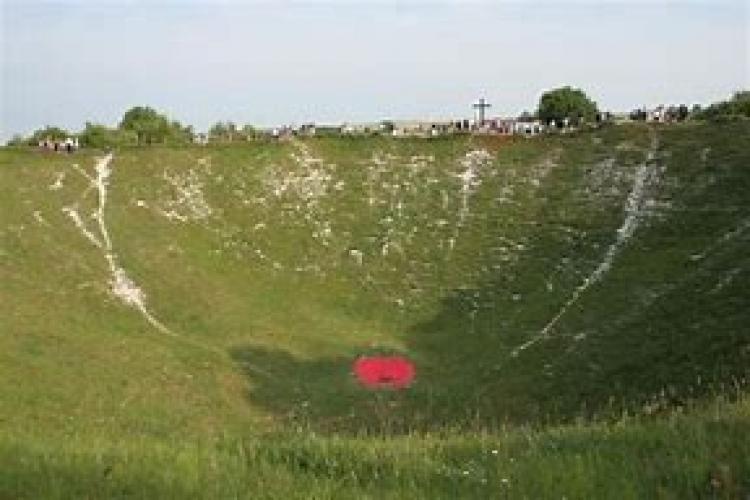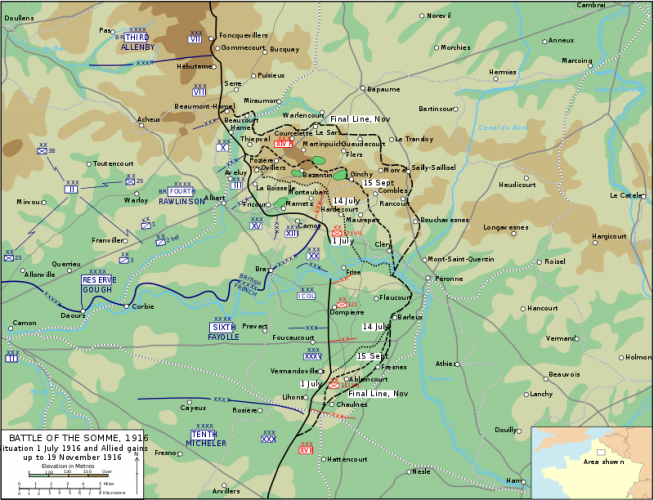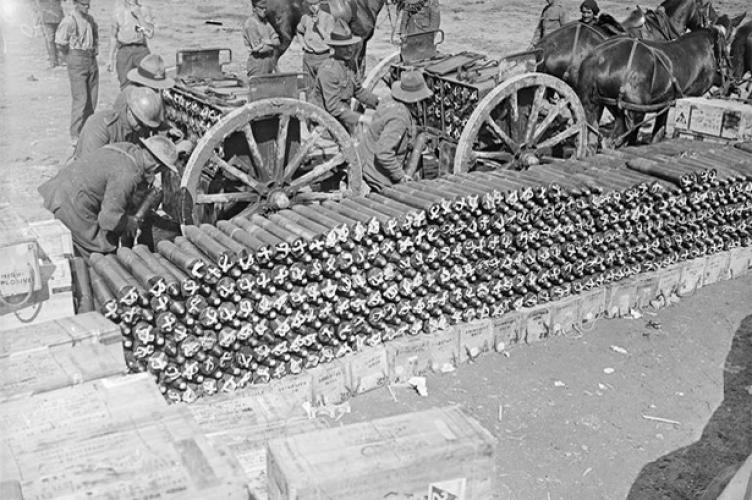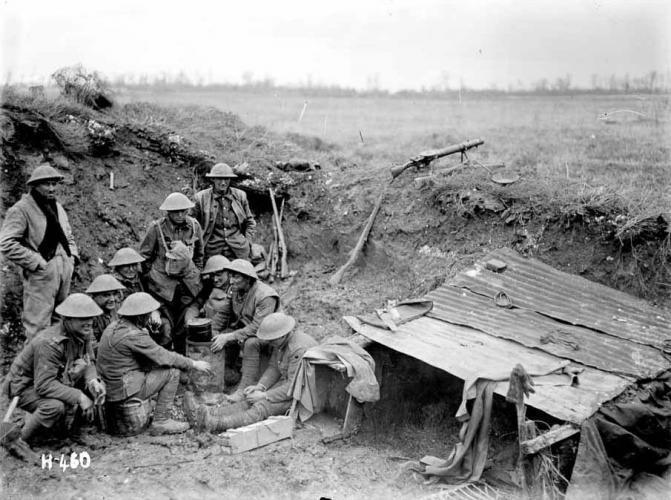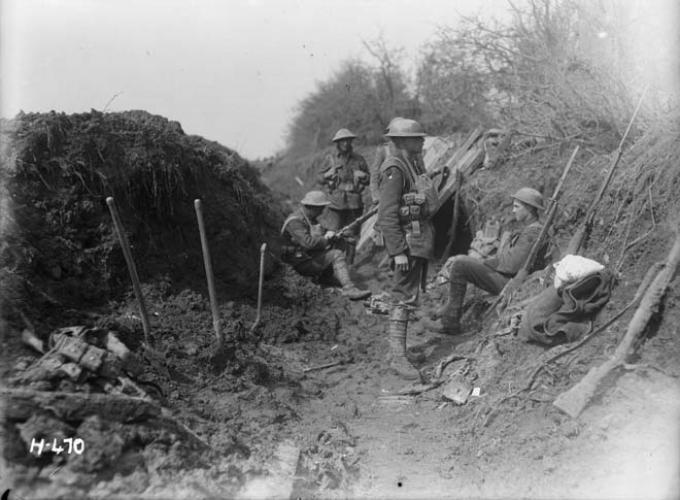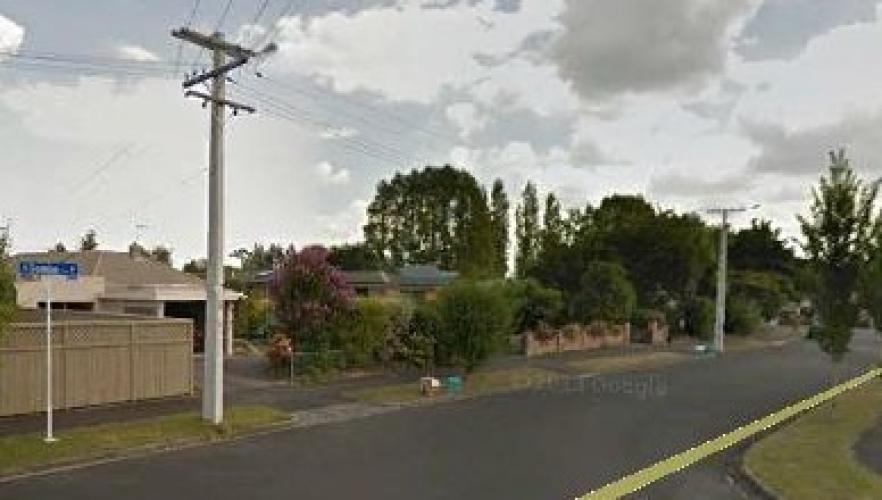017 Somme Crescent Hamilton,street scene 2018
Reason for the name
This street was named in honour of The Battle of the Somme also known as the Somme Offensive which was a battle of WW1 fought by the armies of the British and French empires against the German Empire July to November 1916.
After a period of rest and reorganisation following the Gallipoli evacuation, the newly formed New Zealand Division left for France in early April 1916. Sent to the Flanders region to gain experience of new trench conditions, they spent the next three months guarding a ‘quiet’ sector of the line at Armentières before moving south to the Somme battlefields and their first large-scale action on the Western Front.
A truly nightmarish world greeted the New Zealand Division when it joined the Battle of the Somme in early September 1916. The division arrived to take part in the third big push of the offensive, designed to crack the German lines once and for all. When it withdrew from the line a month later, a decisive breakthrough had not been achieved.
Eighteen thousand members of the division went into action. Nearly 6000 men were wounded and more than 2100 lost their lives. Over half New Zealand‘s Somme dead have no known grave – their names are on the New Zealand Memorial to the Missing in Caterpillar Valley Cemetery, near Longueval.
Author: Poppy Places Trust
The Battle of the Somme
The Battle of the Somme (French: Bataille de la Somme, German: Schlacht an der Somme), also known as the Somme Offensive, was a battle of the First World War fought by the armies of the British Empire and France against the German Empire. It took place between 1 July and 18 November 1916 on both sides of the upper reaches of the River Somme in France. The battle was intended to hasten a victory for the Allies and was the largest Battle of the First World War on the Western Front. More than three million men fought in this battle and one million men were wounded or killed, making it one of the bloodiest battles in human history.
The French and British had committed themselves to an offensive on the Somme during Allied discussions at Chantilly, Oise, in December 1915. The Allies agreed upon a strategy of combined offensives against the Central Powers in 1916, by the French, Russian, British and Italian armies, with the Somme offensive as the Franco-British contribution. Initial plans called for the French army to undertake the main part of the Somme offensive, supported on the northern flank by the Fourth Army of the British Expeditionary Force (BEF). When the Imperial German Army began the Battle of Verdun on the Meuse on 21 February 1916, French commanders diverted many of the divisions intended for the Somme and the "supporting" attack by the British became the principal effort.
The first day on the Somme (1 July) saw a serious defeat for the German Second Army, which was forced out of its first position by the French Sixth Army, from Foucaucourt-en-Santerre south of the Somme to Maricourt on the north bank and by the Fourth Army from Maricourt to the vicinity of the Albert-Bapaume road. The first day on the Somme was, in terms of casualties, also the worst day in the history of the British army, which suffered 57,470 casualties. These occurred mainly on the front between the Albert–Bapaume road and Gommecourt, where the attack was defeated and few British troops reached the German front line. The British troops on the Somme comprised a mixture of the remains of the pre-war regular army the Territorial Force; and Kitchener's Army, a force of volunteer recruits including many Pals Battalions, recruited from the same places and occupations.
The battle is notable for the importance of air power and the first use of the tank. At the end of the battle, British and French forces had penetrated 10 km (6 mi) into German-occupied territory, taking more ground than in any of their offensives since the Battle of the Marne in 1914. The Anglo-French armies failed to capture Peronne and halted 5 km (3 mi) from Bapaume, where the German armies maintained their positions over the winter. British attacks in the Ancre valley resumed in January 1917 and forced the Germans into local withdrawals to reserve lines in February, before the scheduled retirement to the Siegfriedstellung (Hindenberg Line) began in March. Debate continues over the necessity, significance and effect of the battle. David Frum opined that a century later, "'the Somme' remains the most harrowing place-name" in the history of the British Commonwealth.
|
Somme casualties |
|||
|
Nationality |
Total |
Killed & |
POW |
|
United Kingdom |
350,000+ |
- |
- |
|
Canada |
24,029 |
- |
- |
|
Australia |
23,000 |
|
< 200 |
|
New Zealand |
7,408 |
- |
- |
|
South Africa |
3,000+ |
- |
- |
|
Newfoundland |
2,000+ |
- |
- |
|
Total British |
419,65 |
95,675 |
- |
|
French |
204,25 |
50,756 |
- |
|
Total Allied |
623,907 |
146,431 |
- |
|
Germany |
465,000–600,00 |
164,055 |
38,00 |


